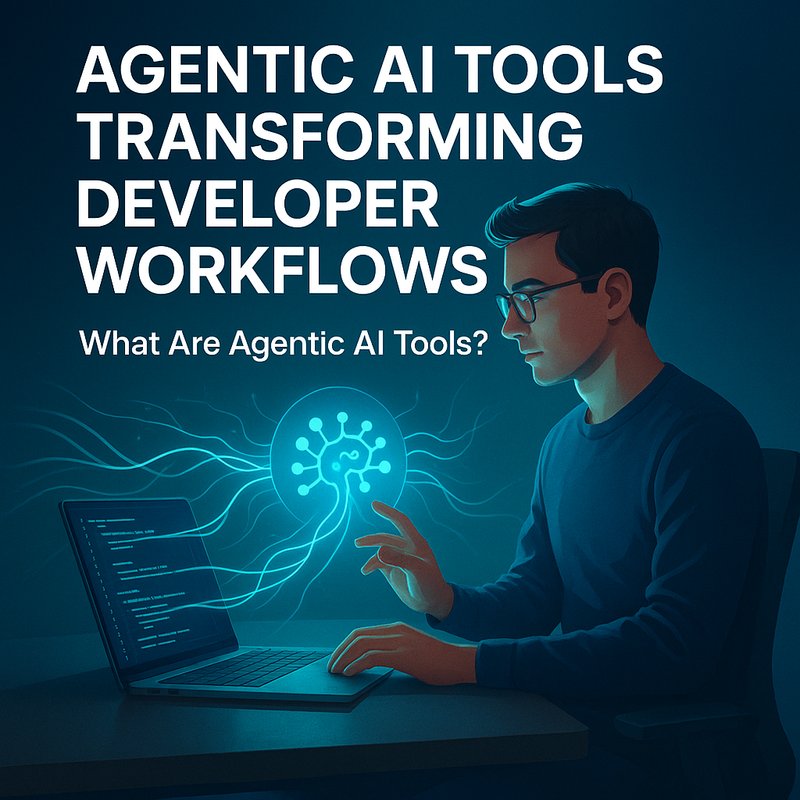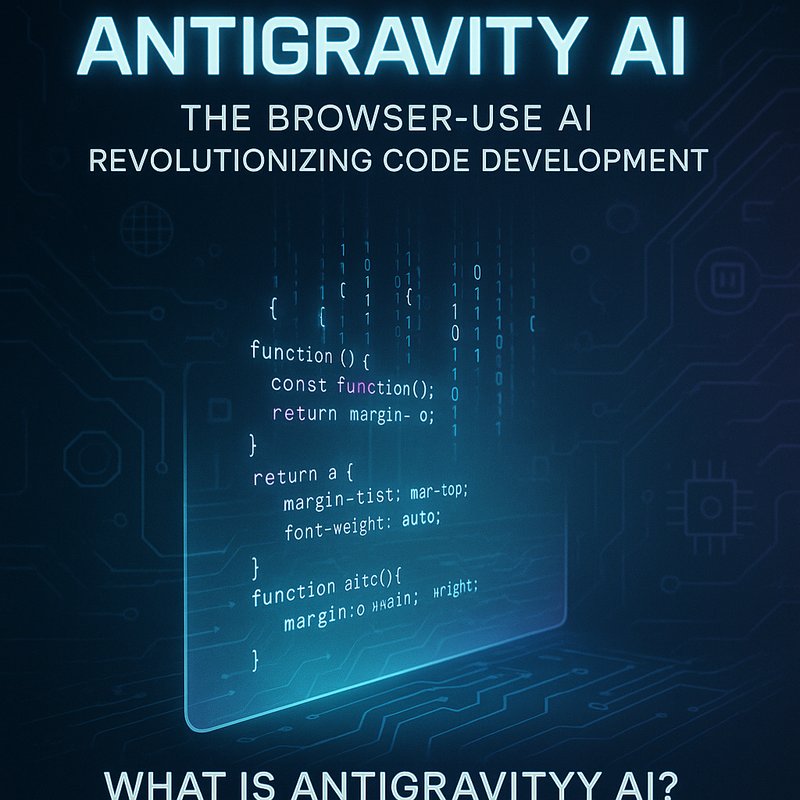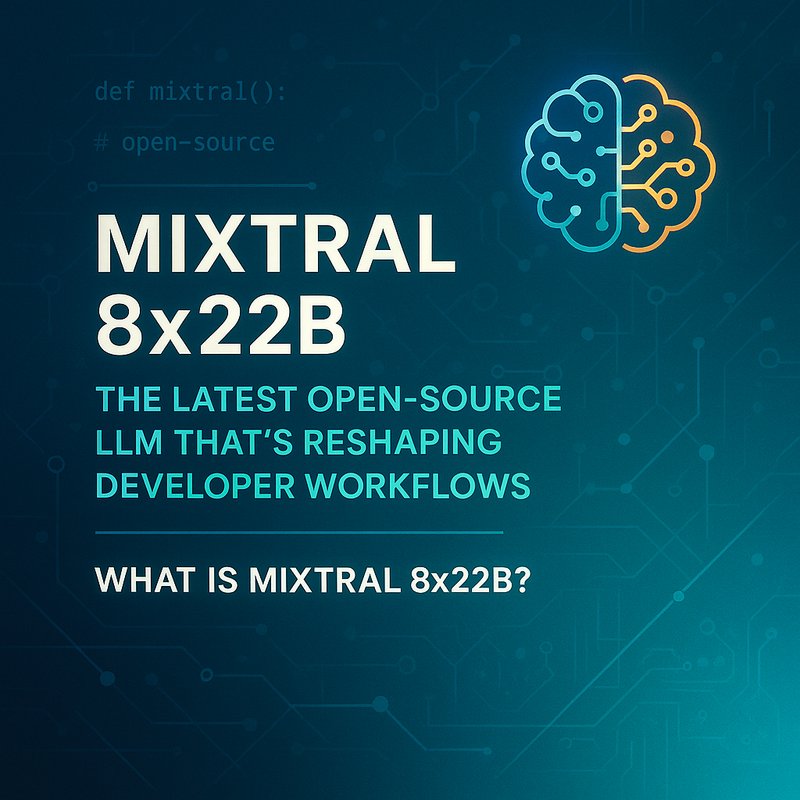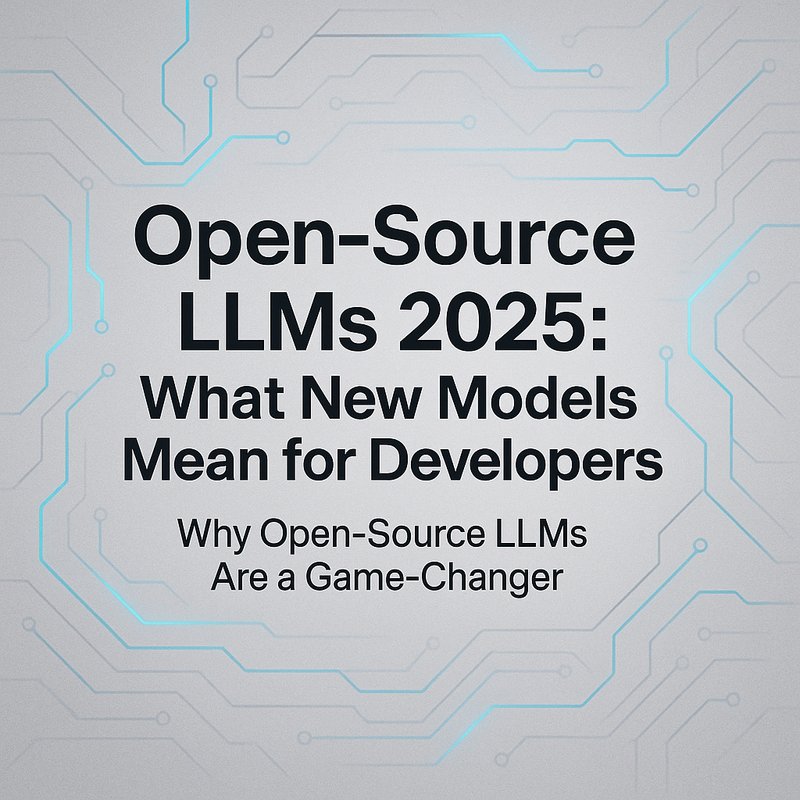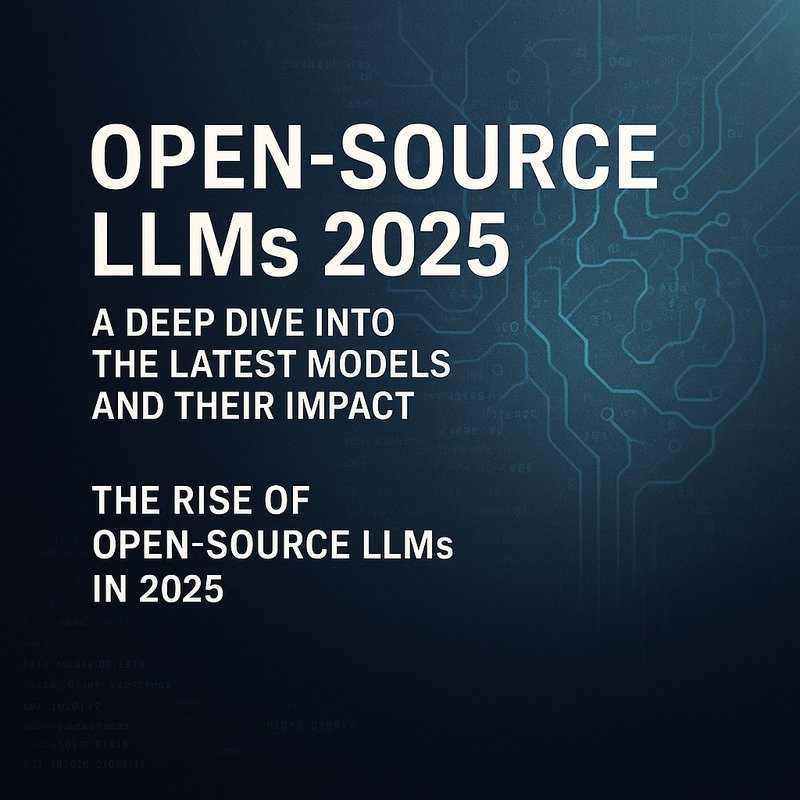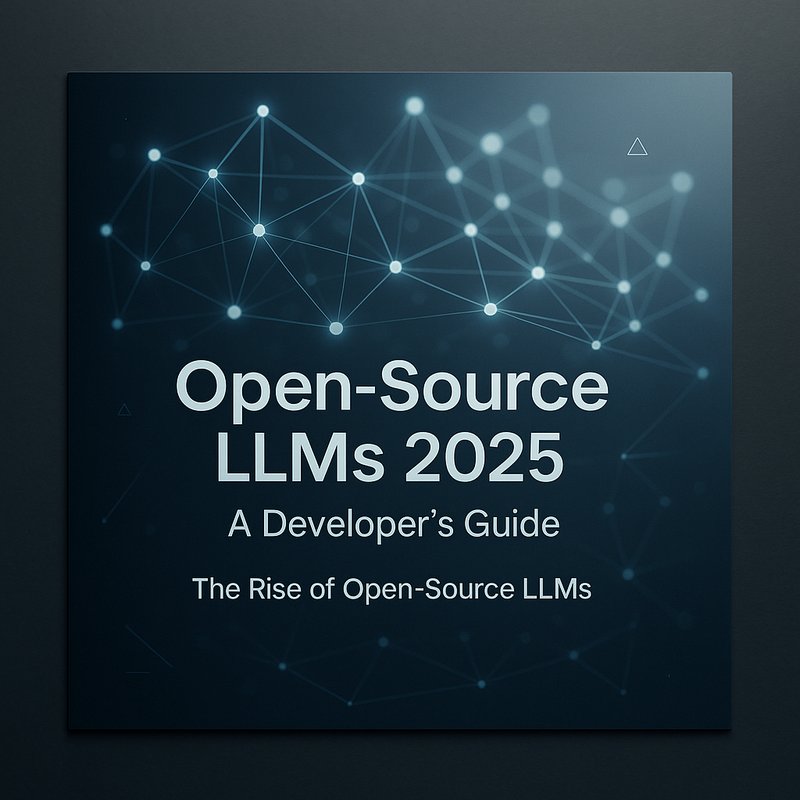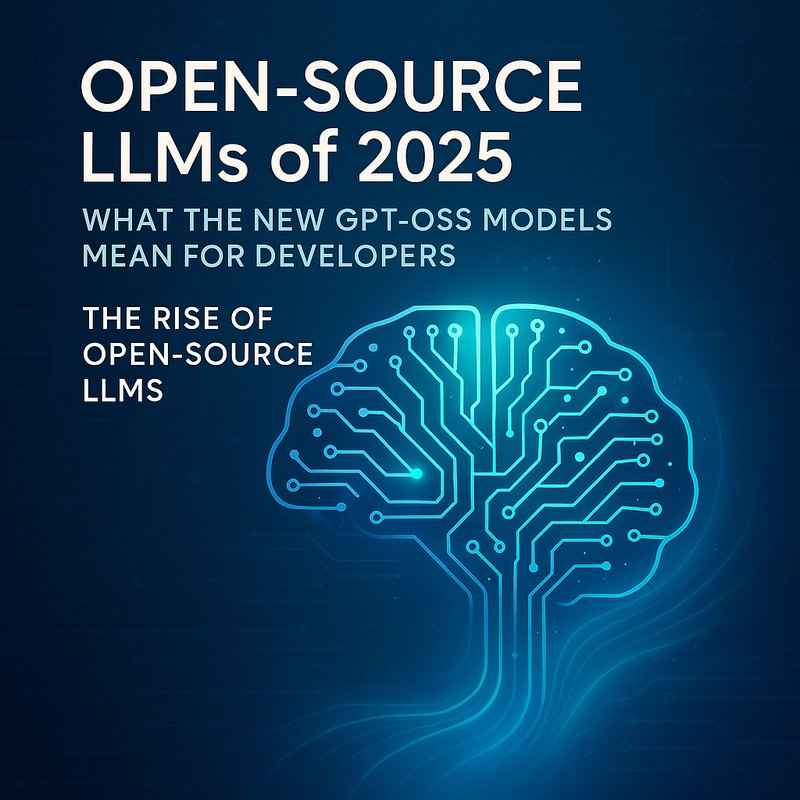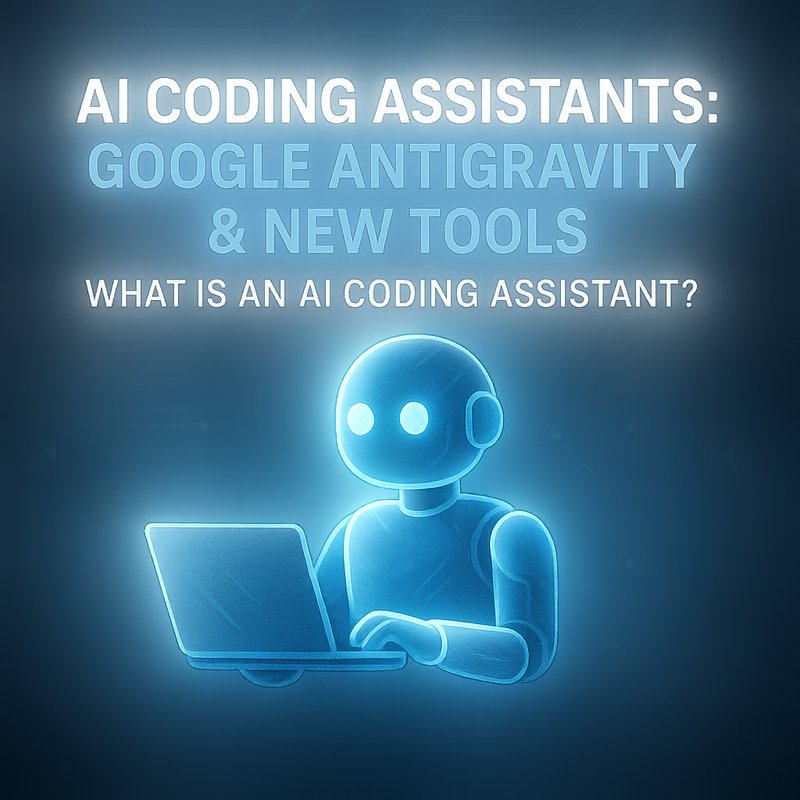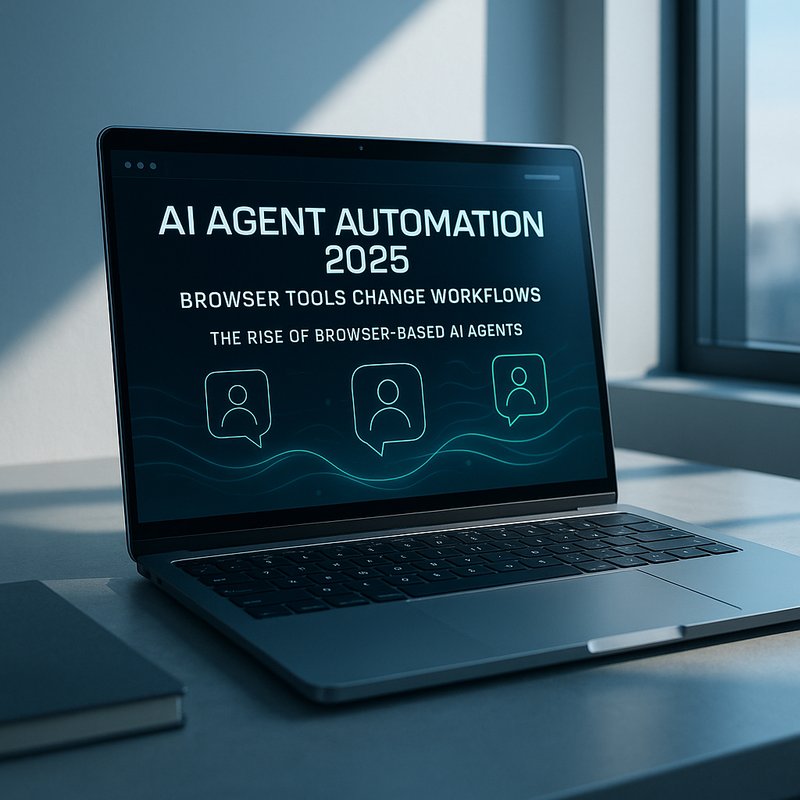Imagine watching a robot try to jump over a small hurdle—only to fall flat on its face. Feels a bit like watching a toddler learning to walk, doesn’t it? These days, robots excel at repeating tasks they’ve been drilled on. But ask them to handle a new trick—like jumping higher and landing safely—and they freeze. MIT researchers are tackling that freeze with generative AI for robotics. They’re teaching machines to adapt, learn from mistakes and tackle jobs they’ve never seen before.
Why Traditional Robots Hit a Wall
Robots follow rules. Lots of them.
They scan bar codes, weld car frames and even serve coffee. But every move is carefully coded. Here’s the snag:
- They can’t handle surprises. A missing part on an assembly line? They stall.
- Learning new moves means rewriting code. That takes weeks, months—sometimes years.
- Physical skills—balancing, jumping, even picking up irregular objects—demand endless trial and error.
I’ve seen this first hand in small factories. Someone tacks on a tiny change and the robot goes haywire. The fix? A whole new set of instructions. That’s not how living creatures learn. We try, fail, adjust and repeat. MIT’s team asked: what if robots could learn the same way?
Enter Generative AI for Robotics
Generative AI churns out content—images, text, even music—by predicting what comes next. You type a line of poetry and it finishes the stanza. You feed it a rough sketch and it produces a polished image. But what if you flash a video of a robot tipping over and ask, “How should it shift weight to avoid that fall?” That’s the leap MIT is making.
By combining physics simulations, trial runs in virtual worlds and machine learning tricks, robots start to imagine new moves before they try them IRL (in real life). Think of it as daydreaming. Before you jump off that curb, you visualize your landing. Robots can do the same now, thanks to generative AI for robotics.
The MIT Approach: Learning Through Imagination
Here’s the clever part. You don’t want your six-legged bot smashing into walls to learn balance. Instead, you spin up a virtual playground. The MIT crew uses simulated environments powered by physics engines. These engines mimic gravity, friction and material stiffness. In that world, robots can crash a million times per second.
- Data collection
Virtual sensors record joint angles, contact forces and center-of-mass positions. - Generative model training
A neural network learns to predict the outcome of new motions. “If I push my right hip forward,” it says, “the body tilts left by 0.03 radians.” - Policy refinement
The robot tests millions of tiny tweaks in simulation, picking the ones that keep it upright. - Real-world transfer
Once the network is confident, it guides the actual robot’s motors. Occasional falls happen, but far fewer than traditional trial-and-error.
This pipeline scales. Need better jumping? Add vertical force in the simulation. Want smoother landings? Penalize hard impacts in the reward function.
Teaching Robots to Jump—and Land
One MIT project focused on hopping robots. They trained a simple two-legged bot to spring over obstacles of different heights. At first, the bot could barely lift a leg. Generative trials suggested new gait patterns—like bending both joints in sync to store energy, then releasing it in a controlled hop.
Next came landing. Instead of slamming stiffly, the generative model proposed a slight forward lean and knee bend on touchdown. When deployed on the real robot, it absorbed impact like a human gymnast. And all that came from simulated “what-if” play.
I’m not entirely sure robots will ever stick a perfect backflip. But these early jumps show promise. They learn to adjust on the fly, rather than waiting for humans to fine-tune parameters.
Seeing Underwater Secrets
MIT didn’t stop at land robots. Picture a submersible drone mapping coral reefs. Underwater vision is blurry, light bends strangely and currents push unpredictably. Generative AI for robotics helps here too.
- Synthetic data generation
Instead of collecting thousands of real dive videos, they simulate murky water scenes. - Adaptive navigation
The drone imagines currents pushing it off course and plans corrective thruster actions. - On-the-fly learning
If the drone brushes a rock, it logs the force and updates its model for future maneuvers.

That project shines a light—literally—on ocean floors. Biologists can see hidden coral structures and spot species that elude human divers. It’s a neat mash-up of generative AI, robotics and environmental science.
The Catch?
But here’s where it gets tricky. Virtual worlds are never perfect twins of reality. Robots trained in sim must deal with:
- Reality gap
Tiny differences in friction or weight throw off a gait learned in simulation. - Compute cost
Running millions of trials demands big servers or clusters, which can be pricey. - Generalization
Models tend to overfit to the specific robot or environment they trained on. A different floor texture, and they stumble.
MIT tackles these with domain randomization—jiggling simulation parameters so the model faces varied scenarios. They also use on-robot fine-tuning: a few dozen real jumps help calibrate the network. It’s not magic, but it works better than pure trial-and-error coding.
Why This Matters to You
You might not have a robot in your living room—yet. But generative AI for robotics will touch many parts of life:
- Manufacturing
Factories can reconfigure robots for new products without weeks of reprogramming. - Logistics
Warehouse bots learn to handle odd-shaped parcels and navigate changing layouts. - Healthcare
Assistive robots adapt to patient behaviors, making them safer in hospitals. - Exploration
From deep oceans to other planets, adaptive robots go where humans can’t.
On top of that, the software tools for managing robot learning are evolving too. Platforms like ROS (Robot Operating System) are integrating generative-AI modules. And if you’re curious, you can peek at open-source libraries licensed under Apache 2.0 on Hugging Face, showing early demos of robot motion generation.
Neura AI and Robotics: A Natural Fit
At Neura AI, we build agents that see and decide. Our Computer Vision Agents can analyze robot camera feeds, spotting when a manipulator gripper misses an object. Task Management Agents could route sensor data through a generative-AI module trained for new tasks. Imagine a Neura-powered dashboard that watches your robots and suggests better motion plans on the fly. It’s not far off.
Looking Ahead: Toward Thinking Machines
Will robots really “think”? I’m a bit skeptical of sci-fi fantasies. But robots that plan moves by visualizing outcomes? That’s on its way. MIT’s generative AI for robotics shows us:
- Machines can learn from imagined trials.
- Virtual practice speeds up real-world skills.
- Adaptation beats rigid code when surprises pop up.
Soon, robots might invent new gaits we’d never dream of—maybe a rolling jump that saves energy, or a grappling-hook move to scale walls. As these machines gain “imagination,” they’ll take on tasks that are too dull, dangerous or delicate for us.
Conclusion
Watching a robot learn by daydreaming feels almost magical. But behind the scenes, it’s clever engineering: physics-driven simulations, neural nets and a dash of creativity. MIT’s work on generative AI for robotics teaches machines to think in small, controlled ways—improving jumps, landings and underwater navigation. The next time you see a robot adapt without a single line of new code, know that it practiced those moves in a digital sandbox first. And that might change how we build and use robots, from factory floors to ocean depths—and maybe beyond.

